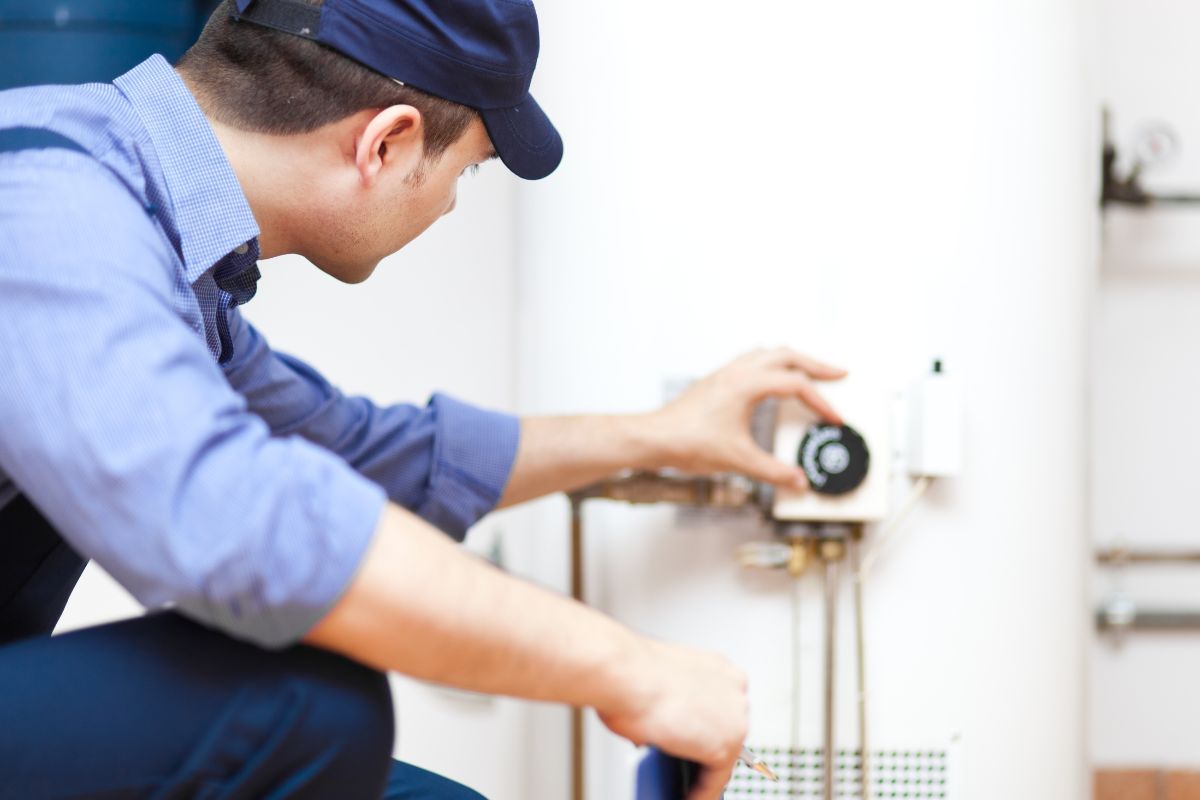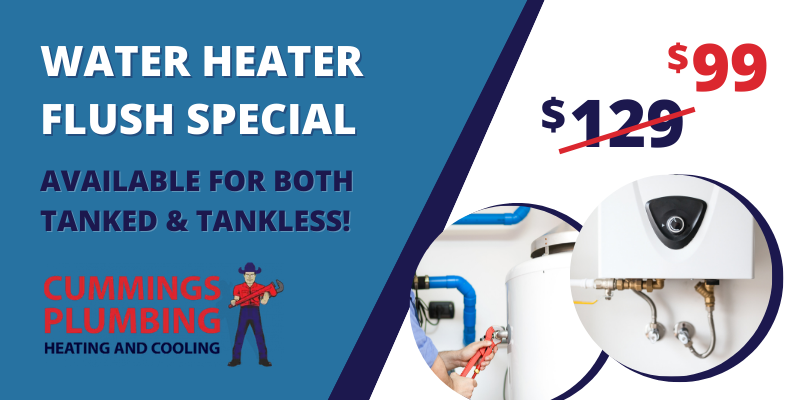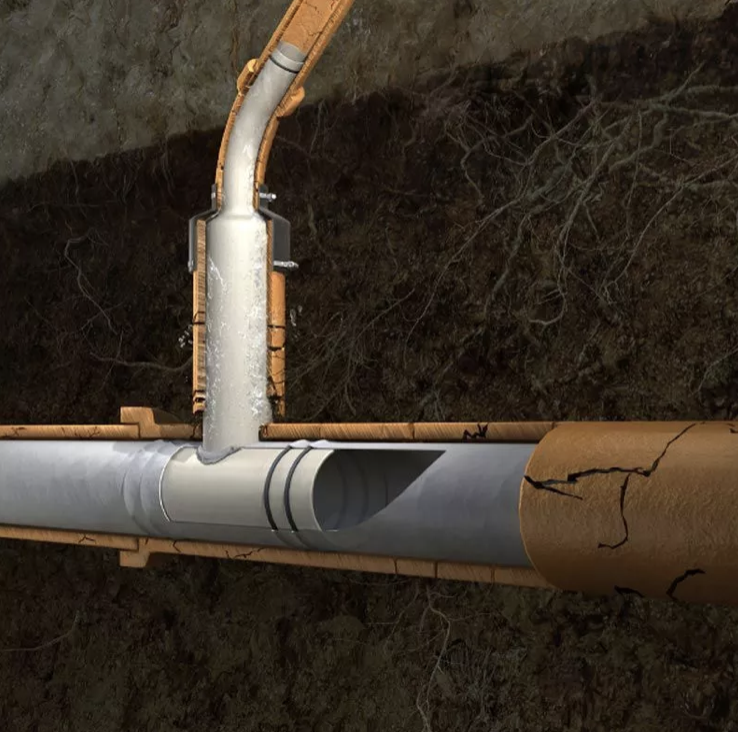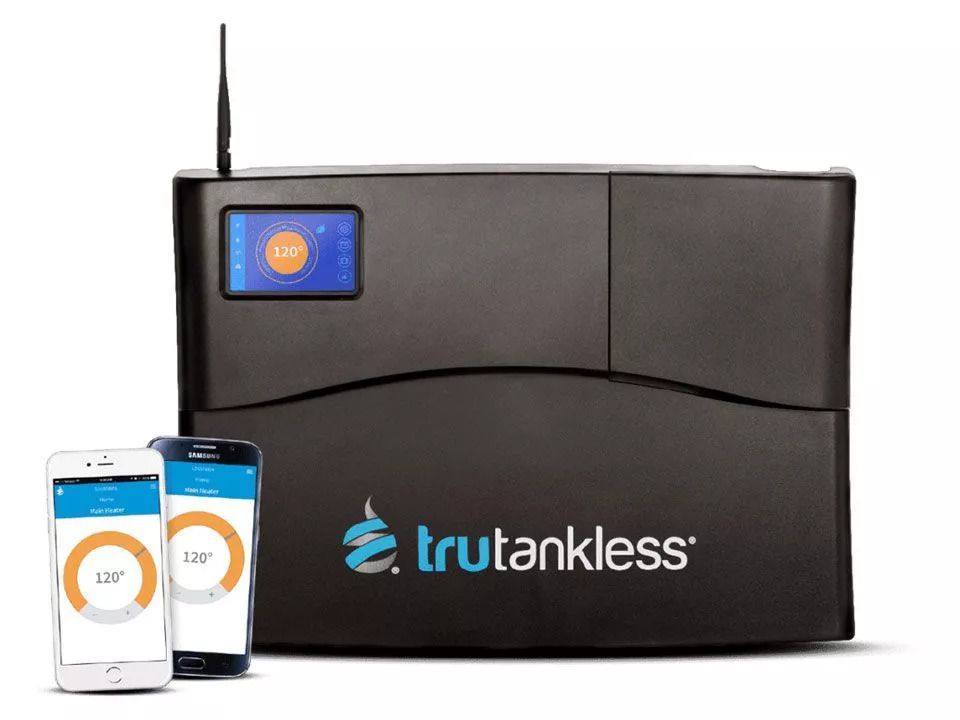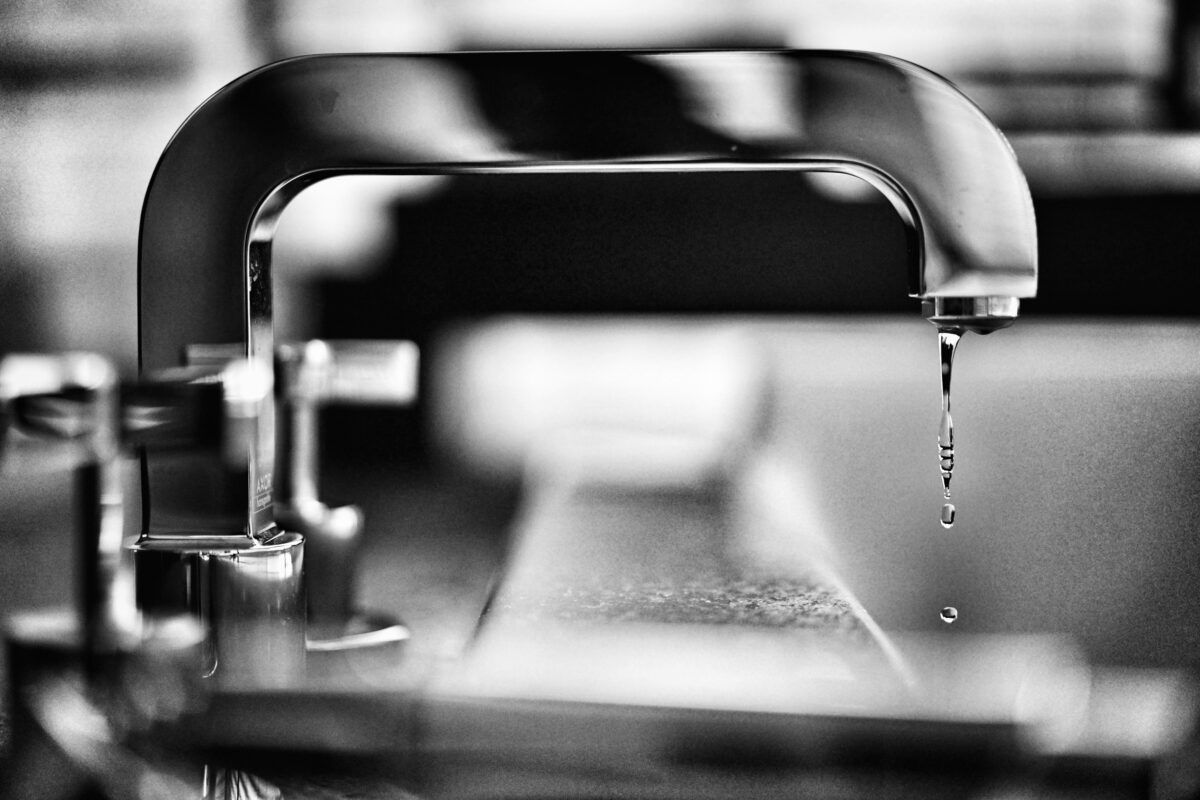Everything You Need To Know About Flushing Your Tankless Water Heater
It’s crucial to get your Water Heater System flushed by a professional plumber in order to maintain the unit’s efficiency and extend its lifetime. Over time, a tankless water heater may accumulate mineral build-up which can erode the walls inside your tank’s heating chamber.
Due to the water quality throughout Tucson, it’s recommended to flush your water heater every six months to one year in order to prevent sediment and mineral deposits from building up. Flushing your Water Heater helps maintain its efficiency and effectiveness, extend the unit’s lifetime, avoid leaks and prevent corrosion in the tank.
Why Do Tankless Water Heaters Need To Be Flushed?
Tankless Water Heaters are a great choice for homeowners due to their money and energy-saving efficiency. Tankless water heaters don’t require much maintenance, however, they do require a minimum of annual flushes.
When water enters your home through your main water inlet, it’s not perfectly clean and can damage your water heater if it isn’t cleaned properly and regularly. Flushing your water heater is important for a number of reasons, but most importantly it’s to get rid of things like dirt, minerals, and other sediments that may have built up in the water heater tank.
A tankless system should be serviced as a part of the regular preventive maintenance that heating and cooling systems receive. The tank needs to be drained, the components need to be inspected and checked, and any buildup will need to be removed.
Homeowners should flush their water heaters every six months to one year, but if you have extremely hard water or notice signs that it isn’t working properly, you may need to do it more often.
Signs That It Is Time To Flush and Drain Your Water Heater
Whether you have a gas, electric, or tankless water heater, it needs to be inspected and flushed on a regular basis. There are other circumstances in that you may need a professional to come to inspect, repair or replace your Water Heater as well.
If for any reason you think it is not working properly, is broken, or leaking, the unit should be inspected by a professional plumber right away. Common signs it’s time to flush or drain your water heater include:
- Low water pressure
- Water takes a long time to heat up
- Water isn’t the correct temperature or fluctuates
- Noises coming from the tank, such as rumbling or popping
- Sludge or discolored water
- Frequent Repairs
- It’s been more than 12 months since your last drained it
If your water heater isn’t working properly, it’s a matter of safety to get it repaired or possibly replaced, especially if you have contaminated water coming into your home that is hazardous to the health of you and your family.
The Benefits of Getting Your Water Heater
As time passes, hard water can create deposits that clog your system, resulting in low water pressure or rusty, discolored, or contaminated water. The main purpose of flushing and cleaning your water heater is to drain it, check the main component, check the connections, remove buildup and ensure your unit is working efficiently. This prevents your water heater from having problems that will require repairs or even replacements.
Buildup can form around the heating elements, which can prevent normal heating activity and cause a longer time for the water to heat up, fluctuate in temperature, or only be able to reach a lukewarm temperature. Typically the malfunctioning heating element can be replaced, but a professional will check it out to ensure there isn’t a larger problem.
If you’re hearing noises come from your water heater, that’s never a good sign. That can mean that there is sediment build-up in the bottom of the tank being shaken around. As it is being moved around, it can hit the water heater elements or other components, resulting in your system failing before you would expect it to.
If deposits are left to accumulate, it can eventually lead to corrosion, a leak, or permanent damage to your tankless water heater. If you don’t flush and drain your water heater, it will continue to accumulate sediment which will calcify and become extremely difficult to remove, even for a professional. A neglected water heater can get so bad that the entire unit may need to be replaced.
To properly maintain and clean your tankless water heater, it’s important to flush those mineral deposits at least once a year. Getting inspections and maintenance performed regularly is the key to extending the lifetime of your unit and ensures that the water heating system is working efficiently and safely in your home.
How Do I Flush a Tankless Water Heater?
For a professional plumber, the process is quite simple and straightforward. A professional with experience will be able to safely and accurately assess and perform any repairs needed. The process can take a professional anywhere from thirty minutes to two hours to complete.
The process for flushing a water heater is similar whether your system is gas or tankless. When a professional flushes your water heater, they will drain it, inspect the components, and remove any buildup that may have formed since the last time a flush was performed.
It’s important to hire a reliable company that you can trust to get the job done correctly and safely since a Water Heater is such an essential part of your home.
Affordable Hot Water Heater Repairs and Replacements Near Me
Cummings Plumbing can help you maintain, replace, install, and fix your water heater at affordable prices in Tucson, AZ. With over 6 decades of experience, you can count on us to get the job done correctly and safely. From the second you call to the moment our technicians enter your home to perform your repair, you are our first priority!
At Cummings Plumbing Heating & Cooling we’re here to help you with your water heater whether it’s routine maintenance and repairs or a new purchase and installation. Contact us today for more information on our Top-Rated Hot Water Heater Repairs in Tucson, AZ!

